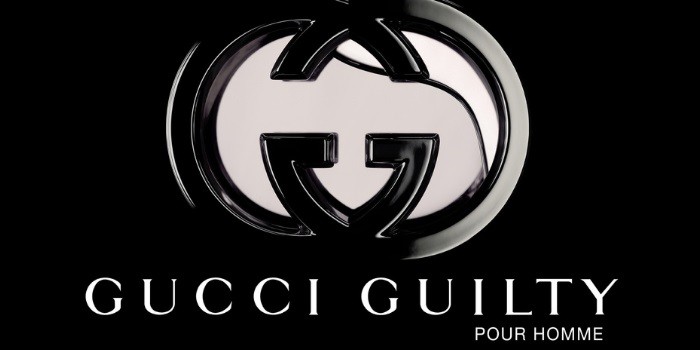The Gucci Group has been one of the most established luxury brands globally for over 100 years and has a strong presence in the fashion industry.
Founded by Giovanni Battista Gucci in 1921, the company is now run by the fifth generation of the Gucci family. The first designers were Giovanni’s children: Giuseppe, Carlo and their cousin, Luigi.
In the 1930s, the company doubled in size following the devastation of World War II. In 1969, Gucci opened its first store in Milan, and in 1973, it launched its first perfume, Gucci Bloom.
In 1975, the company was listed on the S&P 100, the first Italian company to be listed on the index. Sometime between 2000 and 2001, when Gucci was still relatively a young brand, the company decided that it needed to step up its marketing game and make itself stand out from the pack.
It needed to be seen on the streets, which meant advertising and marketing, something Gucci has never been afraid to do. However, this is the first time the company decided to go all-in, plastering the city with gucci.com.
The Gucci brand has well over a hundred years of history under its belt, and with that comes a whole bunch of history behind the brand.
Since Gucci was established, the company has evolved, grown, and changed—in its look, its attitude, its mission, and its ideals. Today, it’s a global brand with over a hundred stores, and its presence is everywhere.
One thing Gucci is not known for is being particularly innovative. The Italian brand is best known for its timeless designs, updated with the latest trends.
Stylistically this means there are limited styling options, at least for the male customer. You either got the label, or you don’t. But is that enough? Not really. Let’s take a look at the average consumer and what we expect from a Gucci look.
Gucci Brand Details:
| Brand | Gucci |
| Brand Value | $22.6 B |
| 1-Yr Value Change | 22% |
| Brand Revenue | $10.8 B |
| Industry | Luxury |





